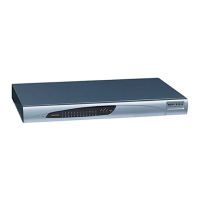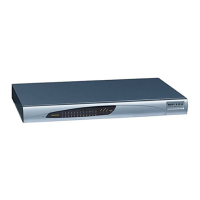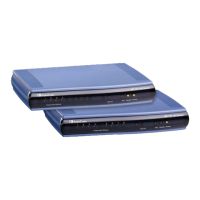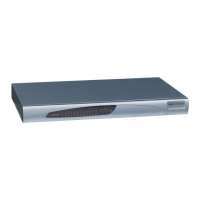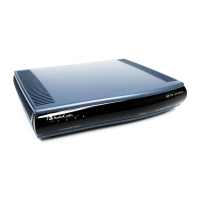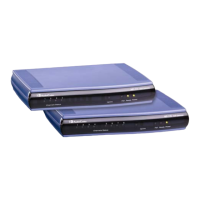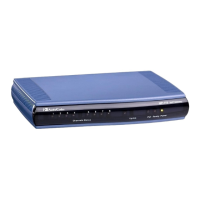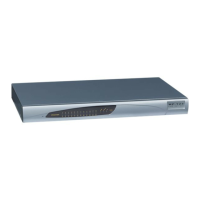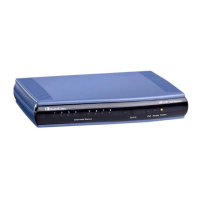SIP User's Manual 414 Document #: LTRT-65412
MP-11x & MP-124
CSeq: 1 INVITE
Contact: <sip:100@10.33.2.53>
X- Detect: Response=CPT,FAX
Content-Type: Application/X-Detect
Content-Length: xxx
Type = CPT
Subtype = SIT
9.8 RTP Multiplexing (ThroughPacket)
The device supports a proprietary method to aggregate RTP streams from several channels
to reduce the bandwidth overhead caused by the attached Ethernet, IP, UDP, and RTP
headers, and to reduce the packet/data transmission rate. This option reduces the load on
network routers and can typically save 50% (e.g., for G.723) on IP bandwidth. RTP
Multiplexing (ThroughPacket™) is accomplished by aggregating payloads from several
channels that are sent to the same destination IP address into a single IP packet.
RTP multiplexing can be applied to the entire device (refer to ''Configuring the RTP/RTCP
Settings'' on page 70)
or to specific IP destinations using the IP Profile feature (refer to
''Configuring IP Profiles'' on page 110).
To ena
ble RTP Multiplexing, set the parameter RemoteBaseUDPPort to a non-zero value.
Note that the value of RemoteBaseUDPPort on the local device must equal the value of
BaseUDPPort of the remote device. The device uses these parameters to identify and
distribute the payloads from the received multiplexed IP packet to the relevant channels.
In RTP Multiplexing mode, the device uses a single UDP port for all incoming multiplexed
packets and a different port for outgoing packets. These ports are configured using the
parameters L1L1ComplexTxUDPPort and L1L1ComplexRxUDPPort.
When RTP Multiplexing is used, call statistics are unavailable (since there is no RTCP
flow).
Notes:
• RTP Multiplexing must be enabled on both devices.
• When VLANs are implemented, the RTP Multiplexing mechanism is not
supported.
9.9 Dynamic Jitter Buffer Operation
Voice frames are transmitted at a fixed rate. If the frames arrive at the other end at the
same rate, voice quality is perceived as good. In many cases, however, some frames can
arrive slightly faster or slower than the other frames. This is called jitter (delay variation),
and degrades the perceived voice quality. To minimize this problem, the device uses a jitter
buffer. The jitter buffer collects voice packets, stores them and sends them to the voice
processor in evenly spaced intervals.
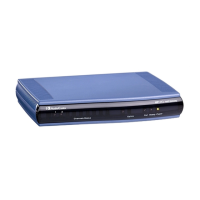
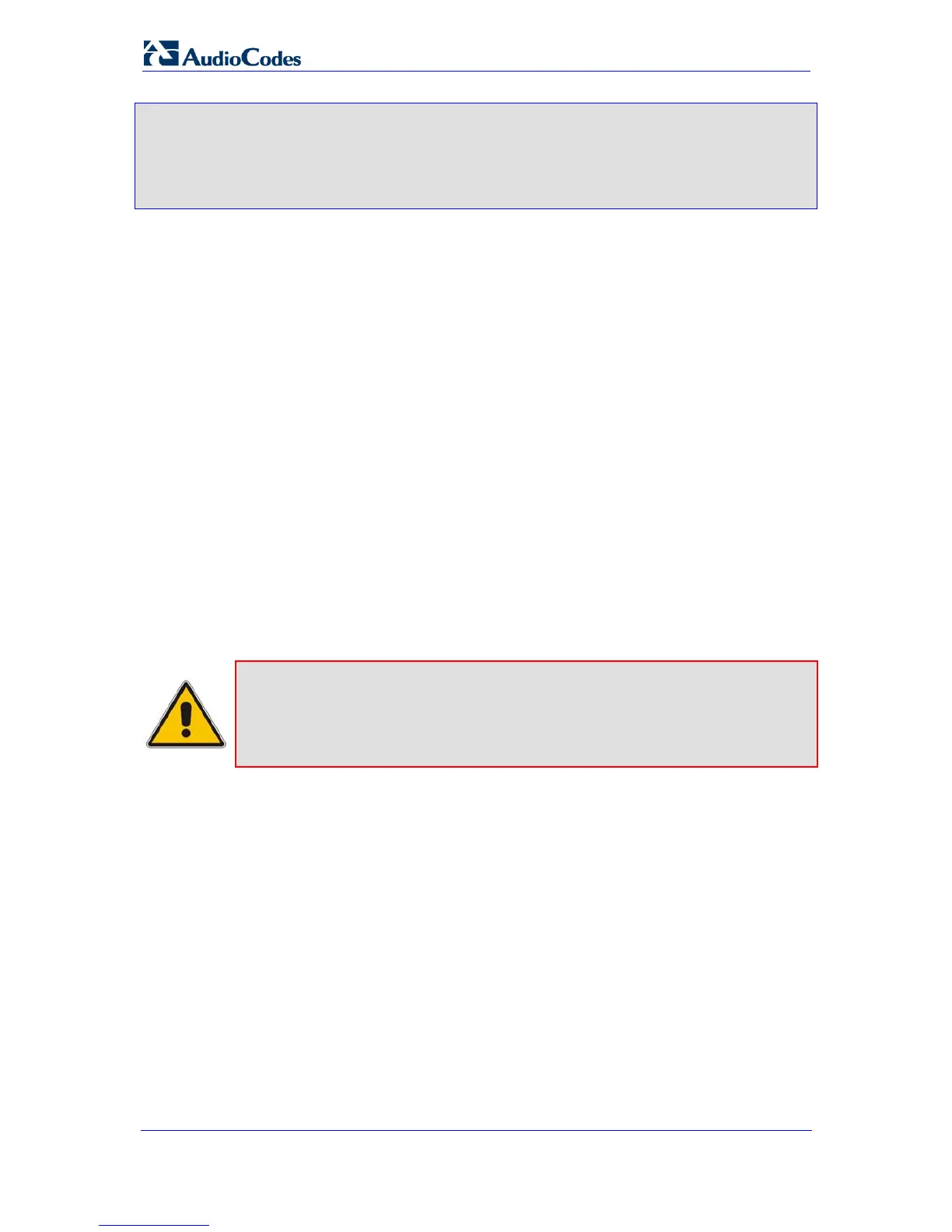